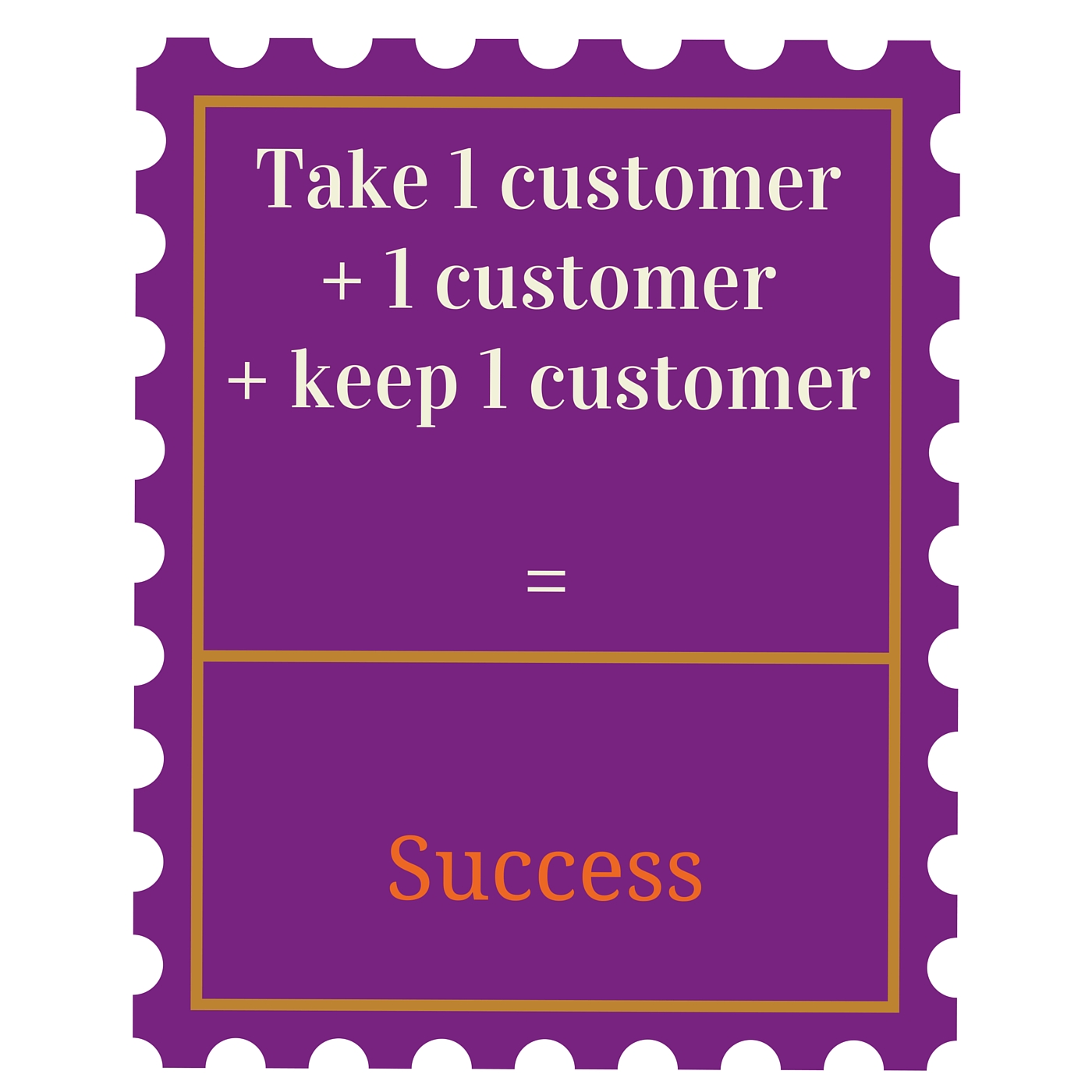Customer Retention Statistics
Home > What Is Customer Service? > Customer Retention Statistics
What they mean and how to calculate your customer retention rate

Customer retention statistics are a measure of how many of your existing customers repeat purchase with your organization or your brand.
They can be used as a measure of positivity/negativity toward what you have to offer and of customer loyalty.
It is the number of customers you keep, and that remain loyal and continue to do business with you.
Given the expense of winning new customers, customer retention is essential and by its very nature a key contributor to the bottom line.
The metaphor of a leaking bucket is often used for companies with low customer retention rates. They are able to attract new customers, but if their bucket has a hole in it ( problems with products, services or complaint handling ) then they need to continue to attract new customers as they lose existing customers through the holes in their bucket. A focus on Customer Service and Retention enables some of the holes to be repaired, or made good so that customers who move to a competing brand are kept to a minimum.
Calculating customer retention statistics
A simple customer retention rate calculation
Retention (step 3) = repeat customers (step 2 ) / total number of customers ( step 1)
Step 1 calculate the number of customers who ordered from you in the last year ( calendar or financial )
e.g. 7012
Step 2. How many of those customers returned and repeat purchased?
e.g. 5298
Step 3 Calculate customer retention rate by dividing repeat customers by the total number of customers
i.e. 5298 / 7012 = 75.55%
Here, this customer has lost 1714 customers in the year and therefore has an Attrition Rate
Of 1714 / 7012 = 24.44%
(attrition rate and retention rate in this calculation would add up to 100%)
This is a simple measure of retention, and one which would help your training business case if you can demonstrate that customer retention has increased as a result of customer service behaviors ( rather than, for example, special offers ) unless the training was about promoting those special offers in order to retain customers.
Refining customer retention statistics for your business
Retention metrics can be refined to include the customers that are acquired during the calculation period, not just existing customers.
Some businesses will calculate retention figures over a repeat purchase cycle – so for example they would calculate that an average customer will repeat purchase every 4 months, and will use that as the timescale to calculate their measurements.
This will make the measurement more specific to your business.
Using customer retention statistics to move the business forward
As with any metric – it is important that these are used to move the business forward.
A rule of thumb is that businesses should be aiming for 80% retention and above, but the reality is that you should aim to improve your retention rates so that they add to the bottom line.
When there is a lull in economic activity, there is more of a focus on customer retention, and ensuring repeat business ( although buying cycles may be extended as more customers buy less frequently, or the decision to buy is moved up the line as expenditure is put under scrutiny ).
Interestingly, the Strativity Group, 2004 Annual Survey and Customer Experience Management Report revealed that 62% of senior managers did not know the annual customer retention rate.
How times have changed, with much more business emphasis on the 'Customer Experience'.
Find more customer service training ideas by clicking on the links below
Customer Service Training News
Get your copy of DELIVER, so that you can keep up to date with the resources being added to the site.
Sign up TODAY and get a free download of this video
We do NOT share your details with any other company.
Customer service related information
Customer Focus - the key competency
25 Key Skills for Excellent Customer Service
Using random acts of kindness to help with employee and customer engagement
A handy customer service infographic
How to calculate customer retention statistics
Developing a Customer Service Culture
Dealing with Difficult Customers
Developing A Customer Service Culture



